Description
Teaching English with Drama shows teachers how to teach language learners using drama, plays and theatre techniques. It aims to push the boundaries of the language classroom, challenging the language learners’ ability to speak English outside the classroom effectively. It offers fun and creative activities that will motivate and engage all types of learners. This means their confidence speaking and participating in class will improve, and they will develop the skill set to operate more effectively in English in real life.
Teaching English with Drama not only gives a rationale for using drama but explains how to use it effectively. It then encourages teachers to reflect on their learning with the view to developing best practice. This revised edition has updated activities to reflect the world of today and prepare your learners for future scenarios. There are now professional development sections at the end of each chapter to help you reflect on your learning and analyse the impact of the activities, along with recommended reading related to the topic of the chapter. These tasks are also suitable for teacher training or continuing professional development sessions.
What is involved?
Taking on a character and getting into a role can help learners to feel less self-conscious. It can therefore also give them more confidence. Teaching English with Drama involves real communication and emotion. Language learners will have to think on their feet and use their natural instincts as in real-life situations. Using drama puts more responsibility and accountability on the learner rather than the teacher, so the teacher will notice the learners starting to support one another and problem solve – all invaluable language skills, that they may not get the opportunity to develop in conventional classes. This book also gives a pragmatic context for listening by using language in operation.
Alongside explaining the benefits of acting skills for language learning, this book provides a step-by-step guide to putting on a play. Covering a wide range of drama techniques and topics, it also shows teachers how to plan class work, choose appropriate texts, modify dialogue and lines for different abilities, stage manage and combine all these devices to improve language appreciation and learning. It is packed full of tried and tested suggestions on how best to use classic plays, stories, songs and games. It also includes fun, motivating and creative activities around name-learning games and physical warm-ups; building group dynamics and trustwork; pronunciation and voice development; fluency, spontaneity and creativity.
So, if teachers are looking for inspiration for using drama with their language learners, and ways to challenge them with realistic language scenarios, this is the place to start.
Teaching English with Drama is part of the Teaching English series. Mark Almond is also the author of Putting the Human Centre Stage, by Pavilion ELT.

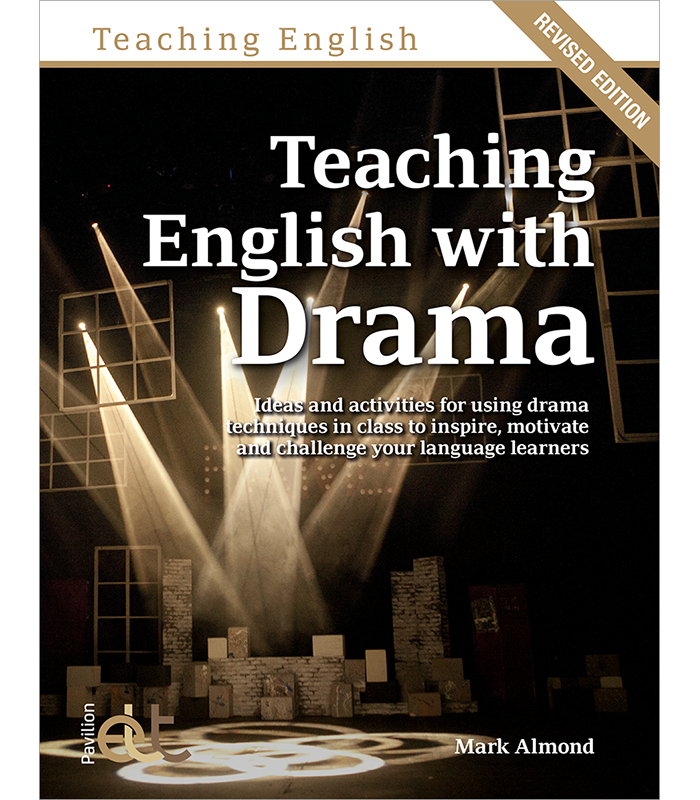
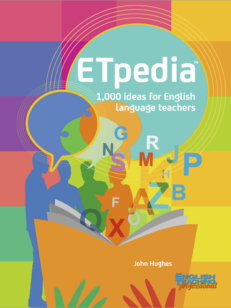
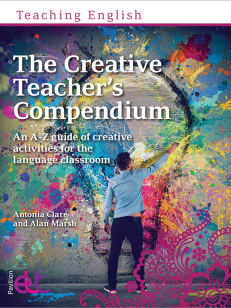
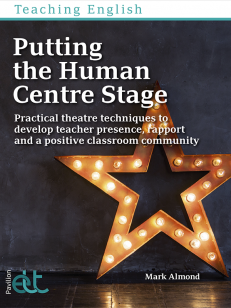
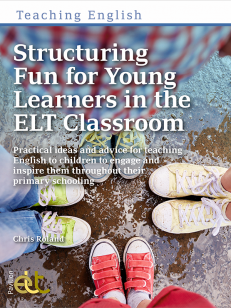
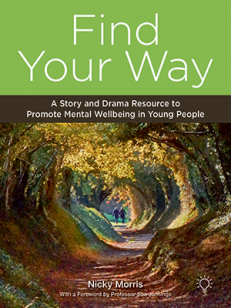
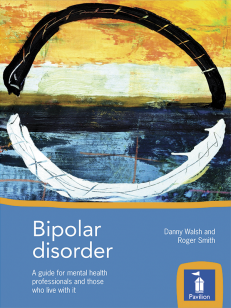
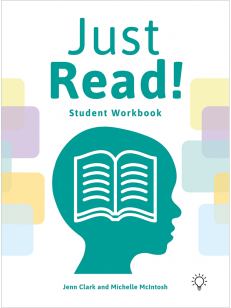
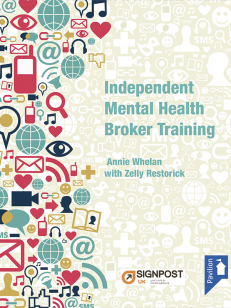
Reviews
There are no reviews yet.